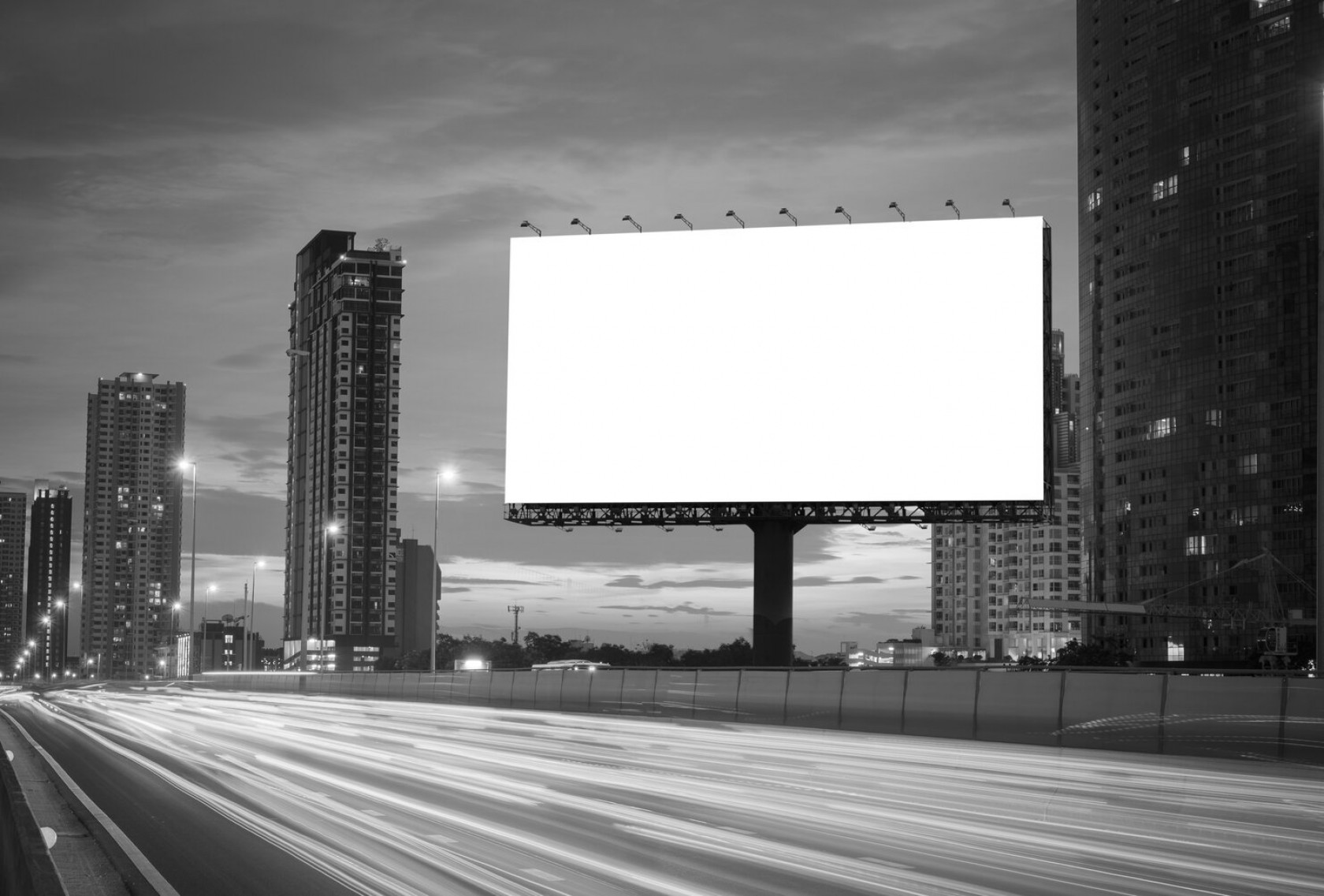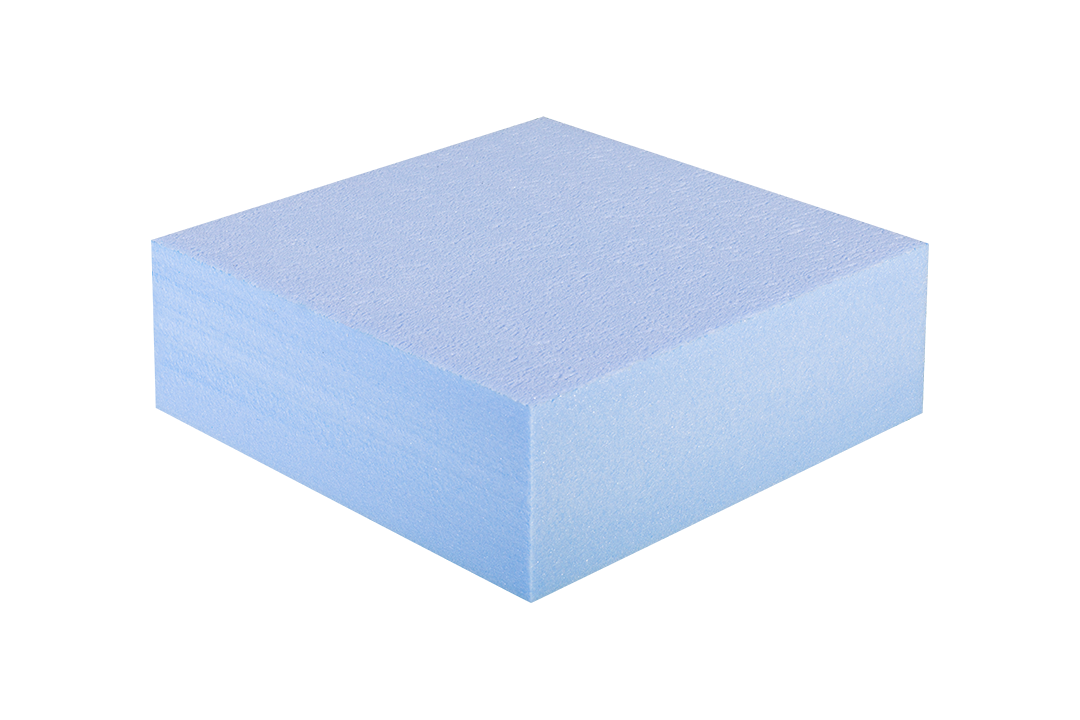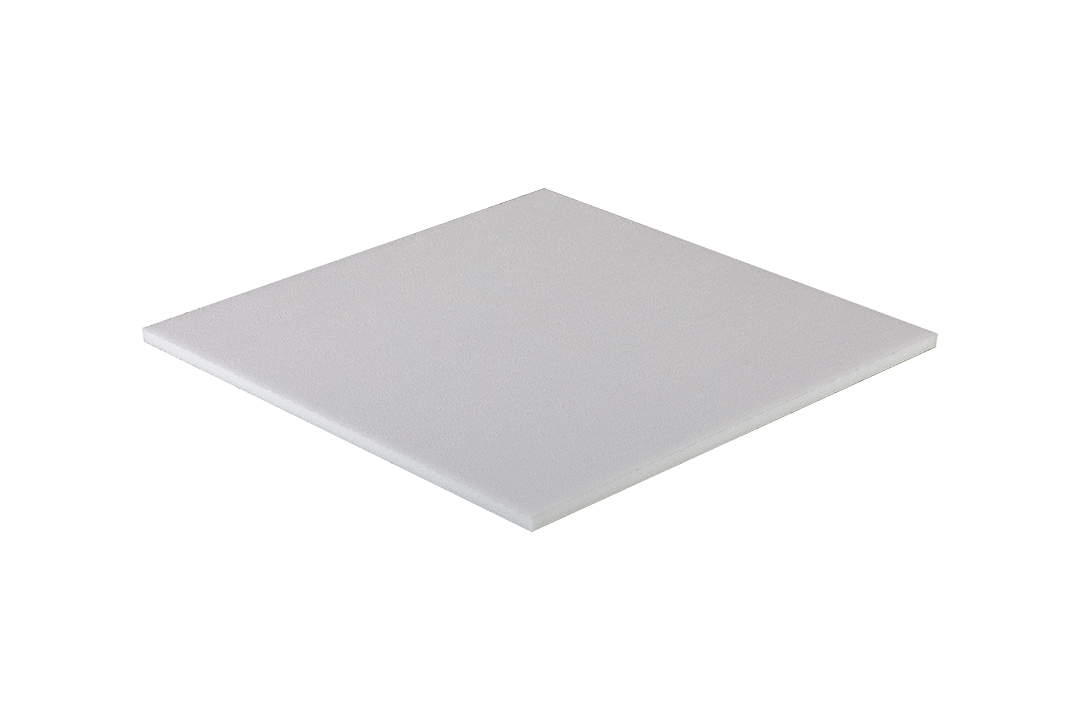Composite panels, or sandwich panels, are elements consisting of two resistant layers, called faces, rigidly connected to another lighter layer and less resistant, called core. This particular structure gives to the same, properties of improvement compared to those of the individual parts that compose it.
The central part, in XPS, is light-weight, but at the same time benefits of excellent mechanical properties when compared to many other thermal insulation materials. The rough surface of the insulation and the grooves on the surface ensure a solid connection between adhesive and the faces. The rigid supports, in addition to protecting the material, absorb the loads substained and increase the rigidity of the entire system. Composite panels can be made of a wide variety of materials, which vary depending on the use. One of the most common is in the signage industry, where the supports most widely used are cardboard and PVC, both excellent for printing.
The ideal panels for this application are Corevo Sign and Corevo K, which, thanks to their black and white color do not alter the color of the print. They are both available in different sizes and their thickness can go to 5 mm thick. The surface of the XPS is rectified by means of a belt sander, to achieve the best finishing and the most restricted tolerances available on the market. If a higher thickness is needed, however, a version with grooves is available, which guarantees the release of air bubbles during the bonding phase.
The products designed specifically for these needs are: Corevo Foam, Corevo H, Corevo Sign and Corevo K.






